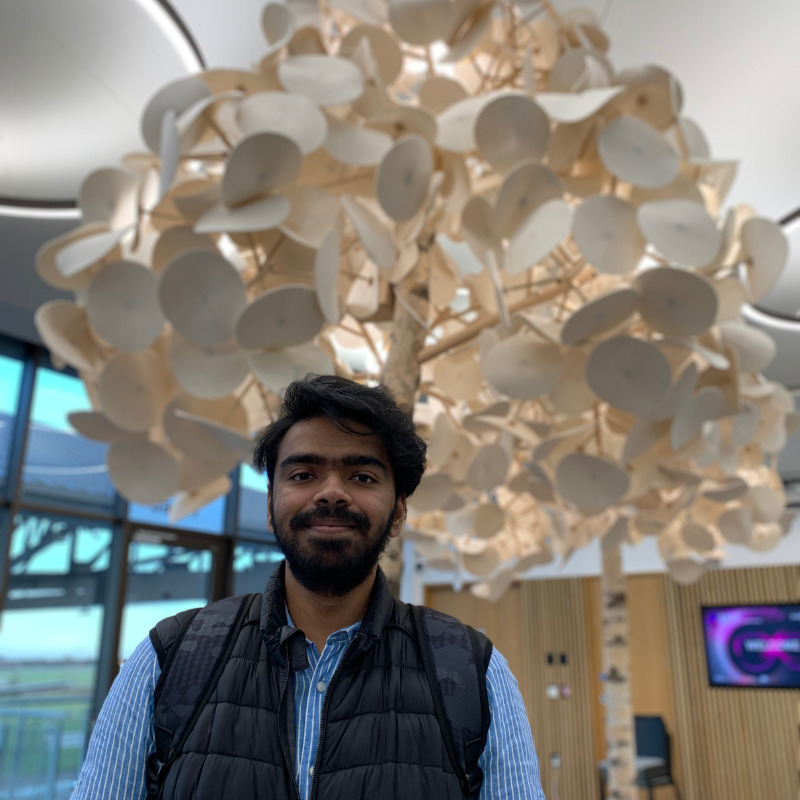My group project: Building a liquid hydrogen propelled civil airliner
23/05/2023

As part of Aerospace Vehicle Design MSc, specifically me studying Avionics System Design, all the students worked on one single project to build a Liquid Hydrogen Propelled Civil Airliner, based on the conceptual design given by Professor Howard Smith.
The design and development of a liquid hydrogen propelled civil airliner is a necessity for decarbonising the aviation sector, which contributes over 2% of the carbon footprint across the world and a vital element of moving the UK towards achieving net zero by 2050.
We were assigned individual tasks for which we must work over a period of six months, starting in October to present the outcomes at the end. We split into three different working groups: aircraft design, system design and avionics system design. I was part of the avionics system design where I had to develop, design and simulate components and software’s which belonged to the cockpit of an aircraft and the avionics bay.
My topic was to work on the 4D flight management system. It’s called 4D because we introduced time as a factor into the flight management system for reducing the amount of fuel consumed and reducing the amount of time it takes to move from point A to point B.
Since the project began, we have worked on the aircraft and system level requirements. We also worked on the fault tree analysis, system level hazards and failure analysis for every system we design. The last two months of the project, we focused on software-based development of our individual components as well as hardware integration of the software which we had developed.
As part of this project, we submitted a report which our professor reviewed and finally we ended our project with a critical design review where industry personnel and professors reviewed our work, asked questions, discussed the possible risk factors and how to resolve them.
I successfully worked on the Intelligent 4-Dimensional Flight Planning System as my primary task and led a group of 8 team members to produce a video (which was my secondary task) that brought our aircraft (A-22 Aether) to life.
Categories & Tags:
Leave a comment on this post:
You might also like…
Preparing your work for Turnitin submission
Before submitting your work into Turnitin for similarity checking, if you have used referencing software then you may need to take some important steps first. Mendeley and Zotero integrate with MS Word by embedding field ...
The fast track to supercar engineering: My Cranfield journey
It’s been a dream come true to work on some of the world’s most prestigious supercars – the Aston Martin Valhalla, McLaren 750 & Artura, the GMA T.33. But every successful ...
Automotive Engineering: From student to hypercar innovation at Rimac
We sat down with recent graduate Thomas Perrin, to discuss how his year on the MSc in Automotive Engineering at Cranfield University propelled him from the lecture hall directly into the ...
What this year at Cranfield really meant to me
Every Cranfield journey is unique. In this alumni reflection, Zachea Scicluna shares what her year at Cranfield truly meant, from facing uncertainty to gaining hands-on experience in industry-backed projects. I’ve been reflecting (and delaying) ...
Preparing for assignments and exams?
Sorry! We know it seems a bit mean to mention the exams in January rather than looking forward to the break before it! However, we know many of you will be thinking about your forthcoming ...
Screening for FTSE 100 companies on Bloomberg
So you’re researching an index and need some data on its constituent companies? Bloomberg’s Equity Screening tool makes light work of this, not just for the FTSE, but for indices, exchanges and sectors worldwide. Type EQS ...







